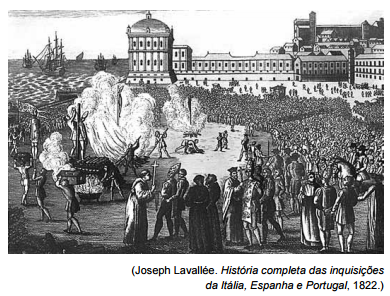Oxfam study finds richest 1% is likely to control
half of global wealth by 2016
By Patricia Cohen
January 19, 2015
The richest 1 percent is likely to control more than half of
the globe’s total wealth by next year, the anti-poverty charity
Oxfam reported in a study released on Monday. The warning
about deepening global inequality comes just as the world’s
business elite prepare to meet this week at the annual World
Economic Forum in Davos, Switzerland.
The 80 wealthiest people in the world altogether own
$1.9 trillion, the report found, nearly the same amount shared
by the 3.5 billion people who occupy the bottom half of the
world’s income scale. (Last year, it took 85 billionaires to
equal that figure.) And the richest 1 percent of the population
controls nearly half of the world’s total wealth, a share that is
also increasing.
The type of inequality that currently characterizes the
world’s economies is unlike anything seen in recent years, the
report explained. “Between 2002 and 2010 the total wealth of
the poorest half of the world in current U.S. dollars had been
increasing more or less at the same rate as that of billionaires,”
it said. “However since 2010, it has been decreasing over that
time.”
Winnie Byanyima, the charity’s executive director, noted
in a statement that more than a billion people lived on less
than $1.25 a day. “Do we really want to live in a world where
the 1 percent own more than the rest of us combined?” Ms.
Byanyima said. “The scale of global inequality is quite simply
staggering.”
Investors with interests in finance, insurance and health
saw the biggest windfalls, Oxfam said. Using data from
Forbes magazine’s list of billionaires, it said those listed
as having interests in the pharmaceutical and health care
industries saw their net worth jump by 47 percent. The charity
credited those individuals’ rapidly growing fortunes in part to
multimillion-dollar lobbying campaigns to protect and enhance
their interests.
(www.nytimes.com. Adaptado.)









